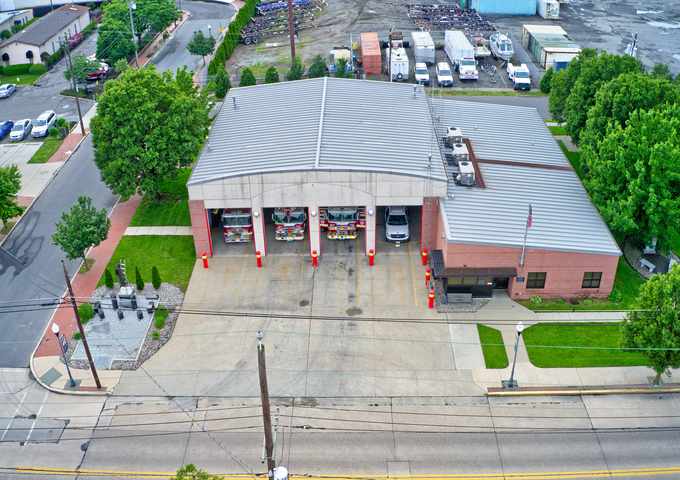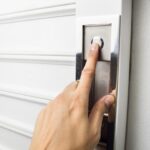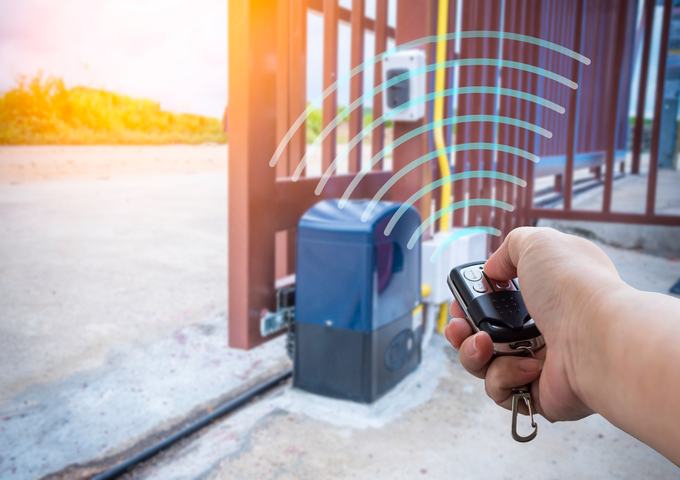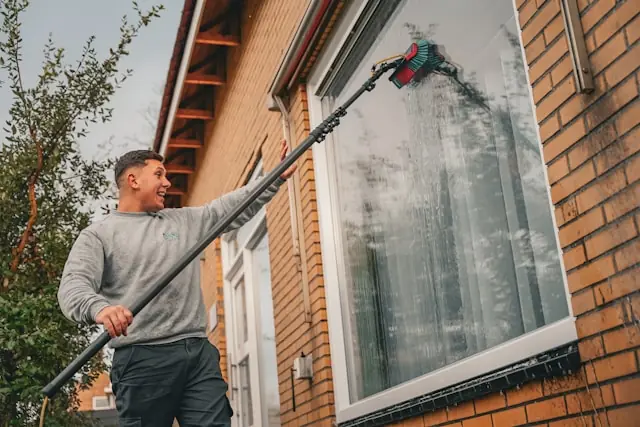Why mounting location matters
Choosing between wall mount garage door openers and overhead units affects space, noise, and reliability. The right mount can free ceiling room, improve headroom for storage or lifts, and reduce vibration that travels through your home.
What is a wall-mounted opener?
A wall mounted garage door opener sits beside the door, driving the torsion bar directly. Many homeowners choose wall mount garage door openers for clean ceilings, easier maintenance access, and a tidy, modern look.
Key benefits of wall-mount systems
By moving the motor off the ceiling, wall mount garage door openers cut rail clutter and open space for racks, lighting, or hoists. They also isolate vibration from living areas, making early-morning departures quieter and less disruptive.
Common limitations to consider
These units require a torsion spring system, adequate side clearance, and a nearby outlet. Expect higher upfront cost than many trolley models. Some low-headroom or specialty tracks may need extra hardware or professional adjustments.
What is an overhead opener?

Overhead, or trolley-style, openers mount to the ceiling and pull a rail-connected trolley. They’re widely available, budget-friendly, and compatible with most standard doors when headroom and ceiling structure allow.
Strengths of overhead systems
Ceiling-mounted models offer broad compatibility and value. Parts are common, and many DIYers feel comfortable with basic installs. For simple, standard garages, they’re proven, sturdy, and easy to service.
Downsides of overhead systems
Rails consume ceiling space, complicating storage racks and vehicle lifts. Chain-drive versions can be louder. Vibration can transmit into rooms above, especially in attached garages with older construction.
Space and clearance comparison
If you want unobstructed ceiling space, wall mount garage door openers shine. Overhead rails can block lighting, kayak racks, or platform storage. Side-mounted designs keep the ceiling clear for future upgrades.
Noise and vibration
In attached homes, wall mount garage door openers often feel quieter because they don’t anchor to joists above living spaces. Belt-drive overhead units narrow the gap, but side-mounts still reduce structure-borne vibration.
Lifts, tall vehicles, and high ceilings

For car lifts, tall SUVs, or high-lift tracks, wall mount garage door openers eliminate rail conflicts. They’re popular in hobby garages where overhead real estate is precious.
Power and performance
Torque matters more than mounting style. Many wall mount garage door openers deliver ample power for insulated, taller, or heavier doors. Match horsepower and duty cycle to your door size and usage.
Safety and security
Both styles support photo eyes, force-sensing, and vacation locks. Many wall mount garage door openers add deadbolt-style locks that secure the door at the shaft, boosting security during extended travel.
Smart-home features
Modern wall mount garage door openers commonly include Wi-Fi, app control, geofencing, and voice assistant integrations. Overhead units offer similar features, but check compatibility with your preferred platform.
Terminology you might see
You may hear “wall garage door opener,” “garage door side opener,” or “side garage door opener.” All describe side-mounted jackshaft units. Some manufacturers label them “side mount garage door openers.”
Cost and value
Expect higher purchase price for wall mount garage door openers than entry-level trolleys. However, reclaiming ceiling space, quieter operation, and integrated locks can offset cost for many homeowners.
Installation overview
Professional garage door opener installation ensures proper balance, alignment, and safety checks. Wall mount garage door openers need a torsion bar, correct shaft couplers, and straight tracks. Overhead units require solid joist anchoring and rail alignment.
DIY or pro?
Confident DIYers can handle many overhead installs. For side-mounts, torsion spring work and alignment make pro help smart. Misalignment stresses the opener and shortens spring life.
Reliability and maintenance

With fewer moving rail parts, wall mount garage door openers can reduce maintenance points. Keep springs balanced, hinges lubricated, and photo eyes cleaned. Annual tune-ups prevent noisy operation and premature wear.
Retrofitting an existing garage
Upgrading to wall mount garage door openers is easiest when you already have torsion springs. Conversions from extension springs are possible but add cost. Measure side clearance and confirm shaft compatibility first.
New builds and renovations
For new construction, spec wall mount garage door openers to keep ceilings clear for storage and lighting. Plan outlets near the shaft, run low-voltage lines for sensors, and prewire for Wi-Fi accessories.
Energy and comfort
Quieter wall mount garage door openers reduce perceived noise indoors. Pair insulated doors with tight seals to stabilize garage temperatures and protect gear, EV batteries, and hobby materials.
Security add-ons
Consider door sensors, tilt sensors, and automatic lock verification. Many wall mount garage door openers can auto-close after a set time and send alerts if the door remains ajar.
Final verdict
Choose wall mount garage door openers when you need ceiling space, low vibration, and premium security. Pick overhead systems for budget simplicity and broad compatibility. Match opener type to door design, lifestyle, and future garage plans.
FAQs
Are wall-mounted openers compatible with all garage doors?
They require a torsion spring system, straight tracks, and adequate side clearance. Most standard sectional doors qualify. One-piece tilt doors and some specialty tracks may need different solutions or professional adaptations.
How much does a side-mounted unit cost compared to overhead?
Side-mounted models usually cost more upfront than entry-level trolleys. Pricing varies by horsepower, smart features, and locks. Total cost also depends on wiring, outlet placement, and any spring conversions.
Are side-mounted openers quieter than belt-drive overhead units?
Often, yes. Mounting beside the door reduces structure-borne vibration. A premium belt-drive overhead can be very quiet, but a side-mounted jackshaft typically keeps ceilings calmer in attached homes.
Can I install a side-mounted opener myself?
Experienced DIYers sometimes do, but torsion spring adjustments are hazardous. Many homeowners hire a pro for setup, balancing, and safety verification to protect warranties and ensure smooth operation.
What maintenance do wall-mounted systems need?
Keep springs balanced, lubricate hinges and rollers, test photo eyes monthly, and check fasteners yearly. Verify lock engagement if equipped. Regular tune-ups extend opener and spring life.














Leave a comment